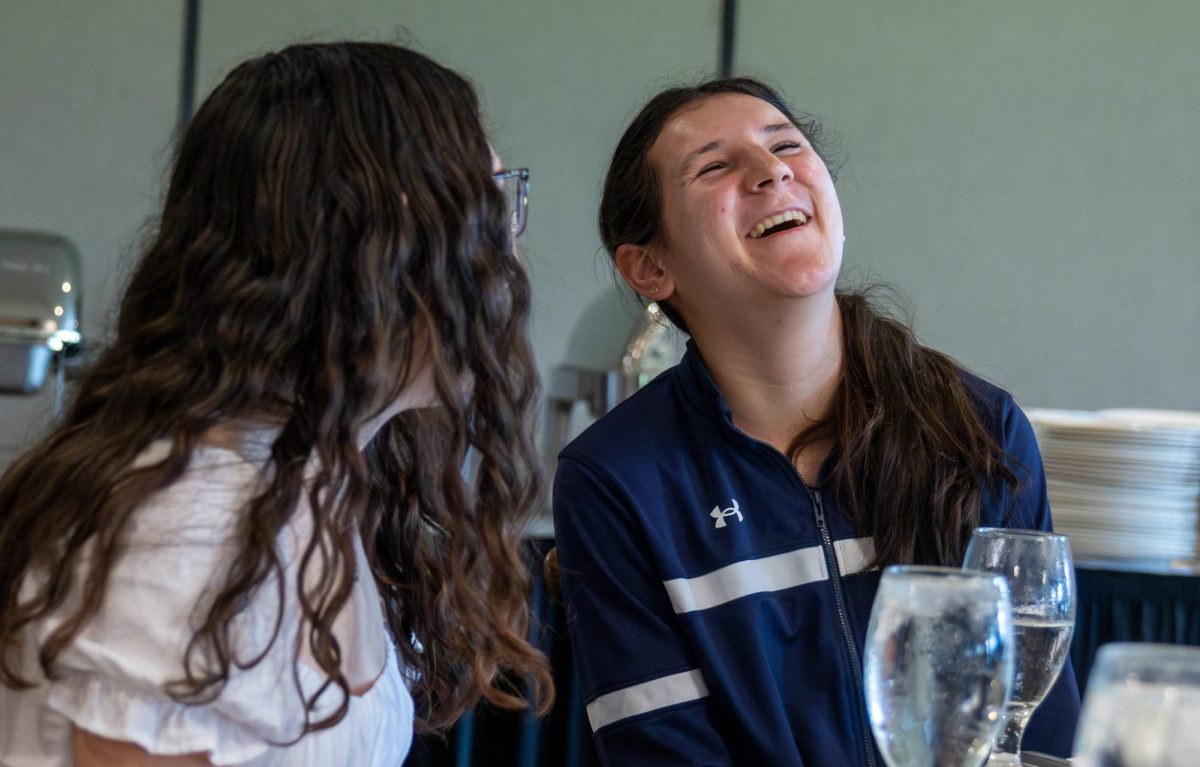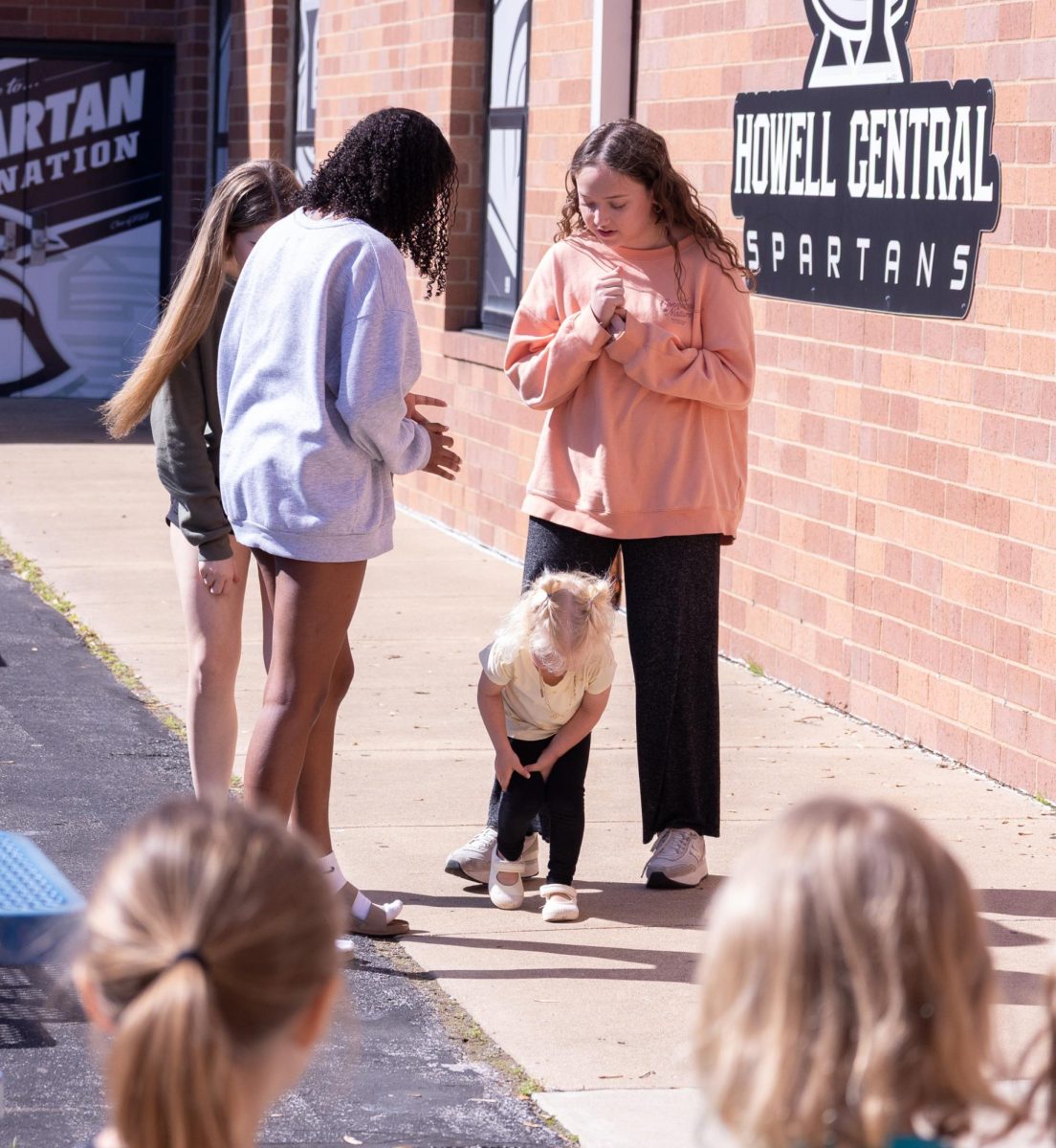A substitute arrives at their assigned classroom before the clocks in the school show 7:00 a.m. wondering how their newfound long-term position will fare. A teacher makes their last preparations for the school day and feels the excitement of the first few days of school fade, their career once again reminding them of the challenge it can be to work hard for these children’s futures. A student arrives to class early, only to find a surprising substitute teacher instead of the teacher they had met just days before.
As the jobs of teachers steadily become more and more difficult, many find themselves considering other options. While teaching is a noble and skillful profession and a passion for many, it sometimes simply doesn’t provide enough to those invested in it. Numerous teachers find themselves facing increasing class sizes, heavier workloads, and pay that won’t increase as quickly as inflation. Consequently, some teachers have to rethink their job situations. Whether they are ready to relax in retirement, or they are finding that their salary is unequal to their value in the community, teachers are finding reasons to leave. Substitute teacher Rebecca Totra notes her experience as a sub and how it’s changed in recent years.
“Subbing for the district is an adventure,” Ms. Totra said. “Before, if I wanted to work I had to accept the job, no matter what it was. Last year, I started pumping the brakes on jobs that made me uncomfortable, and that worked to my advantage.”
Ms. Totra finds that as of recent years, the need for subs and the availability of substitute assignments has skyrocketed. Additionally, Governor Mike Parson approved legislation in 2022 that temporarily waives the limit a retired teacher can sub for in school districts until the end of the 2024-25 school year. Ms. Totra has seen an increase in long-term substitute positions due to this waiver.
“I’ve been involved with three long-term positions already this year. In years past, those were reserved for retired teachers and new graduates,” Ms. Totra said. In this year alone, Ms. Totra has seen a change in the staffing strategies used by FHSD. She finds that they are, as expected, needing to adjust to the major teacher shortage being found throughout the country. According to a report made by the Economic Policy Institute, 53 percent of public schools in America felt understaffed entering the 2022-23 school year.
In Missouri, the Department of Elementary and Secondary Education reports over 3,500 teacher vacancies in Missouri schools this year. With 66,645 teachers in Missouri in total, that means approximately 5.3 percent of teacher positions are currently vacant– one in 20.
Francis Howell School District, while doing better than some, is still facing these changes. The official preliminary budget of 2022-23 for the district states that its student-teacher ratio was 14.5 in 2021, and for FHC, the student-teacher ratio was 17.7, the second highest of any school in the district. Student-teacher ratios serve to show the workload of teachers; however, it does not necessarily reflect the exact number of students in any given classroom. Class sizes often vary, and with a large selection of classes, many become more niche than others. Consequently, the average class size may easily be misaligned with the average student or teacher experience. An average student may find themselves in classes that have a much higher student load than average, or possibly much lower.
The district is making efforts to remediate the effects of teacher vacancies. FHSD’s Chief Human Resource Officer Lisa Simpkins mentions some of the district’s solutions, involving improved salaries, benefits, and working conditions.
“It’s a constant battle… we need to make FHSD an employer of choice,” Mrs. Simpkins said.
The district is emphasizing an effort to find creative and long-term solutions to the present staffing crisis. One of these solutions is the prospect of retired teachers returning for substitute teaching positions. Under Governor Parson’s waiver, the district intends to expand the use of retirees as substitute teachers.
“This has been a helpful solution so that we can ensure a qualified, experienced teacher, who knows the content well, is instructing our students,” Mrs. Simpkins said. “We will continue to use it as necessary,” The district currently has 11 positions being filled by retirees with Governor Parson’s waiver. One of those returning retirees is Mrs. Rebecca Renken, a long-term substitute teacher who’s been in the district for over 18 years.
“Teaching this year has been awesome, I’ve loved it.” Renken said. She is working as a part-time substitute this year, filling in the teaching position in room 205 for the first three hours of the day.
“I’ve always said that the best full-time job is part-time teaching. After school I go home and I work for hours, but now I actually have time to watch TV if I want to.” Renken said. While grateful for the comfortable position she’s in, Renken does see a crucial flaw in retired teachers returning to class.
“When younger teachers are hired, they’re paying for the older teachers’ retirement system. With retired substitute teachers, we aren’t paying into the retirement system.” Renken said. On teaching-certification.com, it’s established that when a new teacher is hired, they lose a portion of their salary to help continue the state’s retirement fund. As Renken said, however, new teachers with less experience aren’t being hired as often as retired teachers are coming back. This short-term solution will ultimately damage the state’s ability to keep teachers in the field. All efforts considered, it seems that the state’s and district’s actions may not be as effective as many would like.
According to worldpopulationreview.com, Missouri spends about $11,349 per student in public schools, ranking 30th in the country overall. The website also states that local governments typically provide for 45.6 percent of a school district’s funding, which is nearly equal to the amount of funding provided by the state governments, 46.7 percent. Acknowledging the large percentage of funds dependent on the local government shows how the district is only capable of making limited changes to its employment. Ms. Totra reflects on how she feels there is a duty not being met by residents in the district.
“Our most recent election had less than a 20 percent voter turnout. I find that truly heartbreaking because the reluctance of the community to vote has been detrimental to our district as a whole,” Ms. Totra said.
She views the issue as a responsibility for the district, as well as one for the eligible voters within the district. If the local government and FHSD could manage to achieve higher voter turnout, she believes that more successful adjustments could be made to retrieve more teachers.
With these complexities weighing on the district, the students themselves are being hit with trickle-down effects on their school careers and education. According to Guidance Counselor Kris Miller, students are having a few more struggles in class selection.
“Class sizes have gotten larger and our ability to have more options has gone down because we only have so many full-time teachers to run classes,” Mr. Miller said.
Due to budget cuts, more classes have been registered as unavailable this school year. With fewer teachers, certain courses that would be valuable to certain students have to be replaced since there aren’t enough teachers or students to run them. This is especially worrisome when the class is an Advanced Placement (AP) course.
For example, AP Chemistry is unavailable this school year, potentially forcing students to take the valuable class in college instead. When AP courses are unavailable, it makes a student’s college and career planning more difficult and more expensive. Signing up for a class and then being told that it is not available is not only frustrating, it is harmful to the student’s future.
“We have some younger teachers who are deciding, ‘Maybe this isn’t for me,’ so it’s been hard,” Mr. Miller said.
Teachers are realizing throughout the district that their job seems to be only getting more difficult, and some are reconsidering their choices. The national teacher shortage is in full effect in FHSD, and it is causing people at all levels of the district to wonder what they need to do to adjust. As the school district continues to do its best to improve conditions for its staff, it leaves teachers and students having to use new skills and strategies to ensure the best possible outcome for their participation in school.
“Students can anticipate that we will continue to work tirelessly to provide them with the support and services they need to be successful.” Mrs. Simpkins said.
Members of the FHSD community can expect positive change soon from higher district authorities. As for future changes in funds and budgeting in the local government, residents can make changes by participating in future voting polls and doing what is possible to speak their opinions to those in power. Problems can be fixed, as long as the people make an effort to create new solutions.











